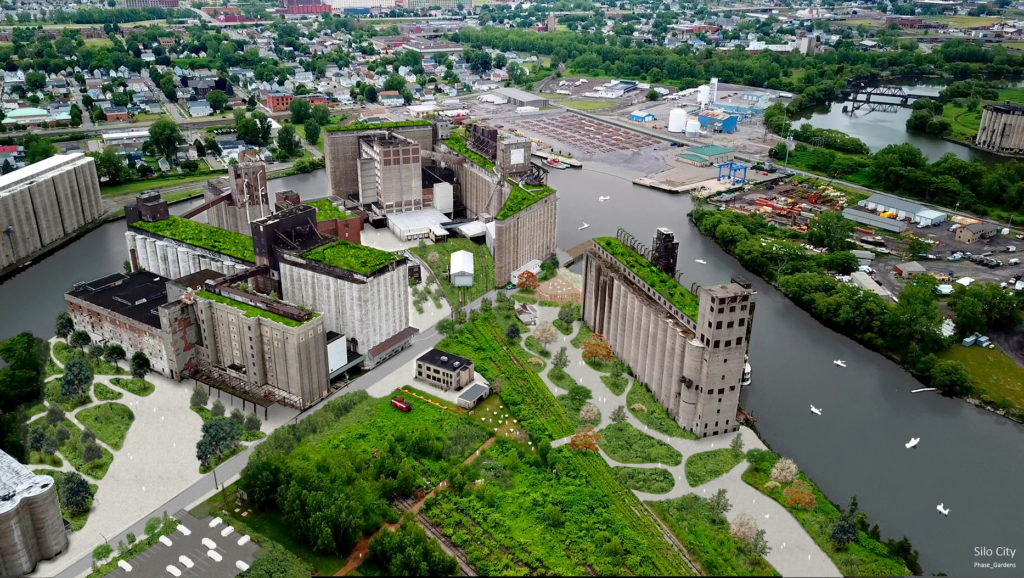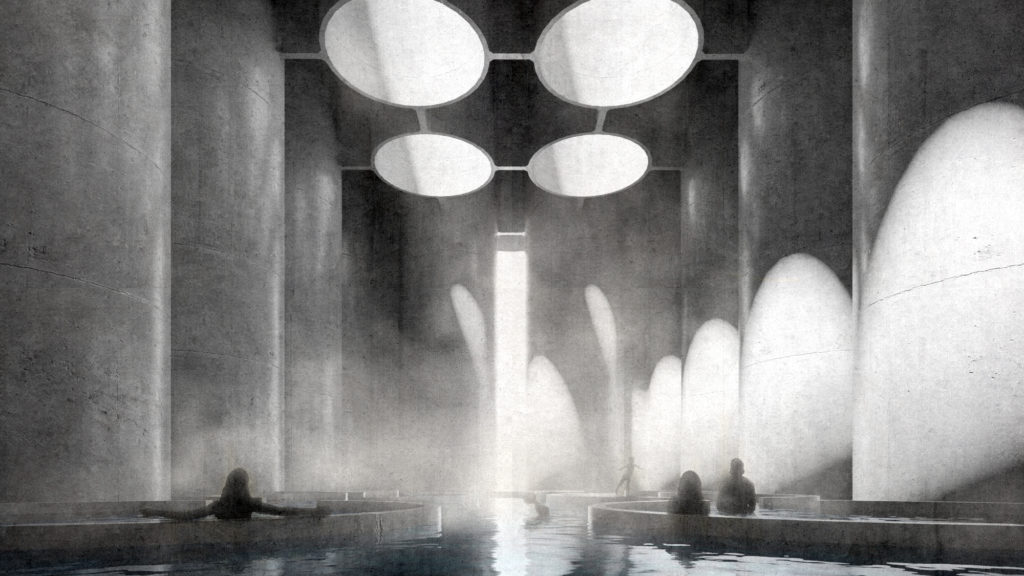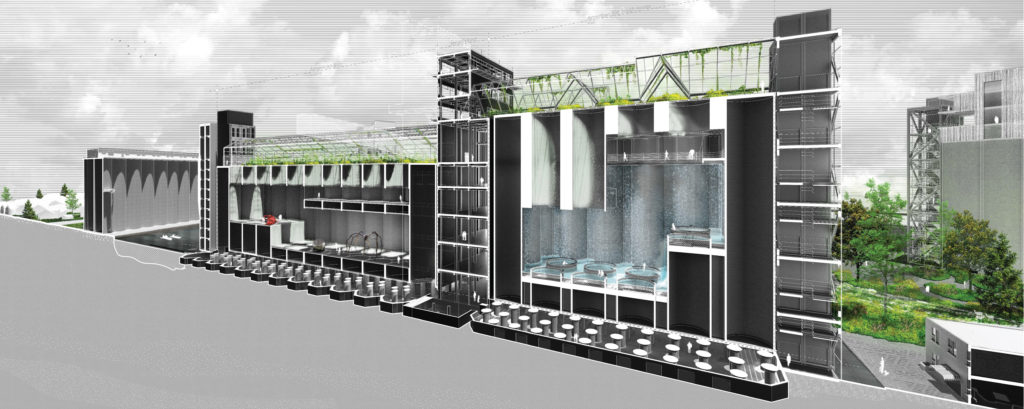Interested in Transforming Underutilized Buildings Into Community Spaces? Apply Here!
Browse the Architizer Jobs Board and apply for architecture and design positions at some of the world’s best firms. Click here to sign up for our Jobs Newsletter.
Picture this situation: there’s a large century-old building in the middle of the city – perhaps an old factory, an armory or a school – that has long ago been vacated and no longer serves any practical purpose. People are split about what should be done to it. Local residents see it as an eyesore and a breeding ground for vandalism. Government officials reluctantly absorb the maintenance costs only because it allows them to push back the costly question of renovation or demolition. And some local organizations push for the site’s preservation, arguing it holds significant historical value. But in all likelihood, there’s a general impasse on all sides, and nothing substantial can ever be decided on. The building, meanwhile, stays put – a costly and disliked monolith offering nothing but neighborhood discomfort.
This scene might sound pretty familiar — perhaps you’ve witnessed it in your own neighborhood or have seen it on the news — as it has played out over and over again. Local interests are splintered among different groups, often in opposition to one another, because of a lack of common vision for the site. Amid this gridlock, local authorities undertake at best some haphazard solutions to address the situation.
Fortunately, architects can help get residents, communities and authorities out of this stalemate thanks to their most vaunted skill: their power of imagination. Often, when cities are looking to address large, underutilized buildings, architecture firms are brought on board to conceptualize how such spaces can be reformed to serve the community. Taking input from local communities and organizations and accounting for the pre-existing infrastructure, these architects can then conceive a place that fully captures the imagination of everyone involved. Architects can generate excitement and shift the conversation away from perceiving a building as a nuisance towards treating it instead like an asset full of potential. Subsequently, their plans can get disparate local interests to focus their energies on achieving one same vision. Working on such goals becomes a lot easier when everyone around the table agrees on a course of action.
 Consider the A+Award finalist Silo City concept by STUDIO V Architecture in Buffalo, NY. The sprawling industrial complex along the Buffalo River was once one of the largest collections of grain elevators in the world (and a sight of inspiration for Le Corbusier and other modernists!). But as the buildings were gradually decommissioned from the 1960s onwards, the complex has turned into an immense industrial graveyard. For decades the site was left to fall into ruin. The city had little clue what to do with the buildings and residents knew best to avoid the place altogether.
Consider the A+Award finalist Silo City concept by STUDIO V Architecture in Buffalo, NY. The sprawling industrial complex along the Buffalo River was once one of the largest collections of grain elevators in the world (and a sight of inspiration for Le Corbusier and other modernists!). But as the buildings were gradually decommissioned from the 1960s onwards, the complex has turned into an immense industrial graveyard. For decades the site was left to fall into ruin. The city had little clue what to do with the buildings and residents knew best to avoid the place altogether.
In the space of a few years, however, STUDIO V with the help of community leaders, has propelled a conversation about how the site can be renovated to revitalize this part of Buffalo’s waterfront. To push this point, the firm has made an inspiring design proposal for the complex: a new Silo City that would include gardens, performance spaces, business incubators, an artist hotel, a velodrome and much more. The silos’ large and windowless cylindrical voids would be transformed into “top-lit art galleries and multi-level swimming pools cascading from one level to the next,” as founder of STUDIO V Jay Valgora explains. It’s hard not to get excited for a project like this, even at such a colossal scale.


Silo City by STUDIO V Architects was a 2022 A+Awards finalist in the Landscape & Planning – Unbuilt Masterplan category. The plan reimagines Buffalo’s vacant century-old grain silos into an artistic space for the community.
Are you interested in spearheading design vision projects that inspire communities? Consider applying to firms that are hiring architects to work on conceptualization projects:
Scout is an interdisciplinary design and development practice based in Philadelphia. The firm focuses on mixed-use developments projects that reimagine underutilized buildings into community spaces for local creatives and entrepreneurs. They are currently looking to hire an Architectural Designer to oversee the design vision for the reuse of the Cranston Street Armory in Providence, RI.
Similarly, Handel Architects is currently hiring for an Intermediate Architectural Designer and a Junior Architectural Designer for their Boston office. The firm has a large and varied architectural portfolio, including adaptive reuse and renovation projects on former industrial buildings — the Pier 57 renovation project in New York City being one current example.
Browse the Architizer Jobs Board and apply for architecture and design positions at some of the world’s best firms. Click here to sign up for our Jobs Newsletter.




